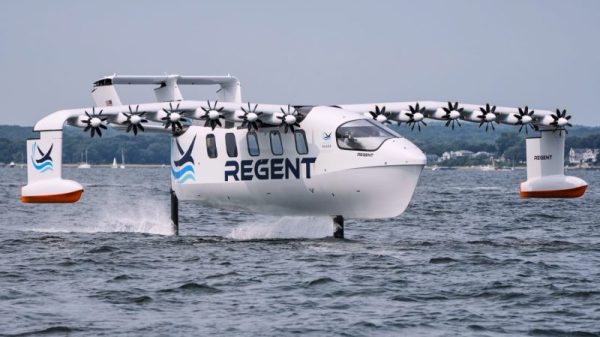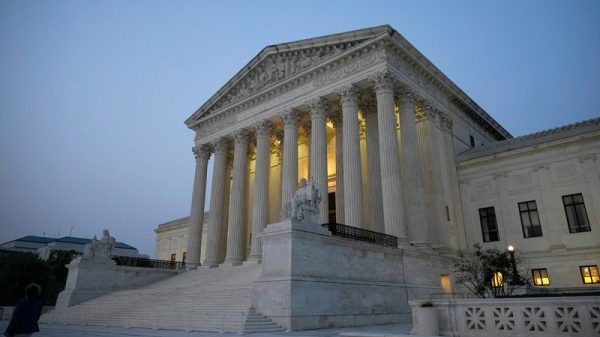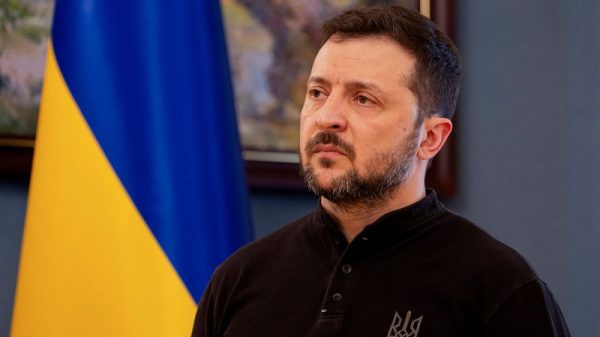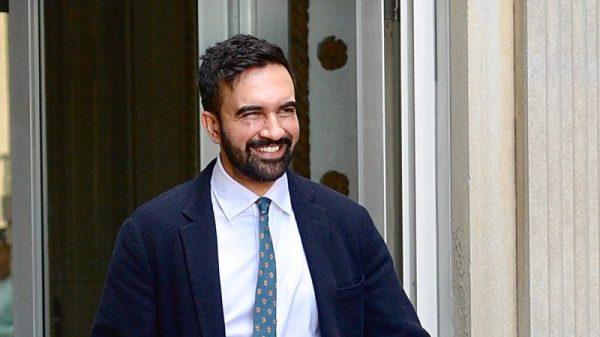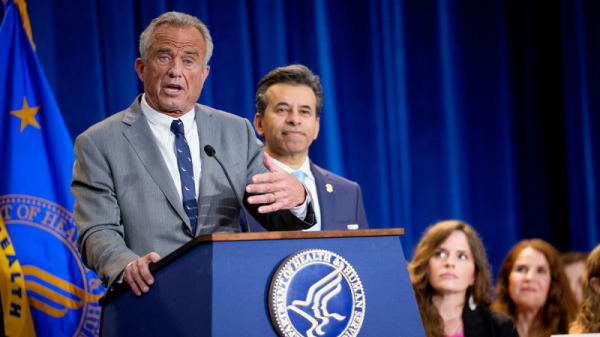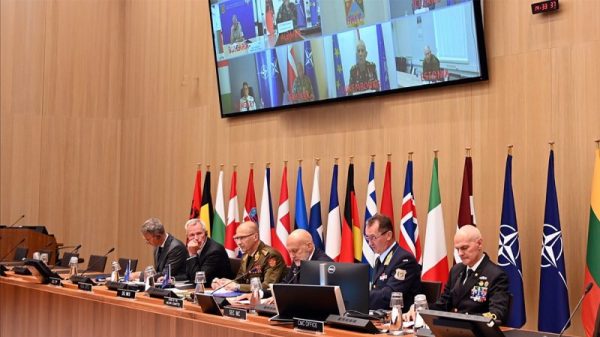Elon Musk’s Starlink Initiative: Bringing Internet Connectivity and Political Dynamics to Storm-Ravaged Regions
Elon Musk, the visionary entrepreneur behind SpaceX and Tesla, has set his sights on revolutionizing internet connectivity through his ambitious project Starlink. While its primary goal is to provide high-speed internet access to remote and underserved areas, the initiative has also introduced a unique intersection between technology, humanitarian efforts, and political considerations, particularly in storm-ravaged regions.
Amidst natural disasters, communication networks often suffer extensive damage, further exacerbating the challenges faced by affected communities. Starlink seeks to bridge this gap by swiftly deploying satellite-based internet services to these areas, enabling not only essential communication during disasters but also facilitating post-disaster recovery efforts.
The deployment of Starlink in storm-ravaged regions brings to light the intricate relationship between technology and politics. Governments play a pivotal role in regulating and facilitating the integration of new technologies into existing infrastructures. Musk’s willingness to collaborate with governments worldwide has led to successful deployments in areas where traditional internet providers have struggled to deliver reliable services.
Moreover, the presence of Starlink in disaster-stricken regions has raised questions about the political implications of technology on governance and sovereignty. The ability to establish internet connectivity rapidly in areas prone to natural disasters offers governments enhanced capabilities for coordination and response. However, this also raises concerns about data privacy, surveillance, and the potential for political manipulation through the control of information flow.
In addition to the political dimension, the humanitarian impact of Starlink cannot be understated. In times of crisis, access to reliable communication channels is crucial for coordinating rescue operations, ensuring the safety of affected populations, and mobilizing resources effectively. Starlink’s capability to provide internet connectivity in remote and disaster-prone regions has the potential to save lives and mitigate the impact of catastrophes.
Furthermore, the Starlink initiative underscores the importance of public-private partnerships in addressing global challenges. By leveraging Elon Musk’s technological expertise and resources, in collaboration with governmental agencies and non-profit organizations, Starlink exemplifies how innovation can be harnessed for social good and disaster resilience.
As Starlink continues to expand its reach and impact, the project serves as a testament to the transformative power of technology in addressing complex societal issues. By prioritizing internet connectivity in storm-ravaged regions, Elon Musk’s initiative not only showcases the potential of satellite technology but also highlights the pivotal role of technology in shaping the future of disaster response and recovery efforts.







